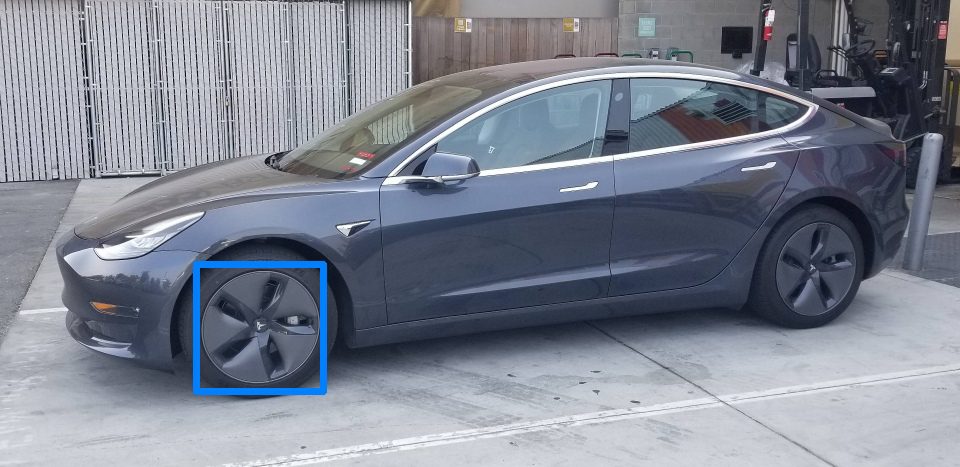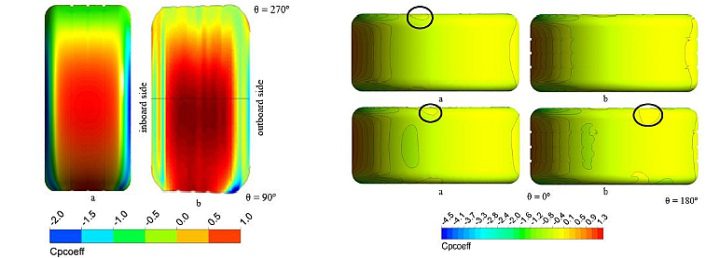
Tesla Aero covers, or how wheel drag increases with speed
Is it worth using the not-so-charming Aero covers in the Tesla Model 3? Is the claimed 10 percent increase in range with Aero Wheels real? What is the resistance of the wheel depending on the speed? Polish scientists help to understand why Tesla insists on using Aero wheels in Model 3.
Table of contents
- Speed and the resistance of the wheels
- Tesla Model 3 Aero wheels = less drag
The Aero covers in Tesla Model 3 do not have too many supporters. Their beauty is indeed questionable, but Tesla has a very good reason to encourage their use. The manufacturer declares that the use of Aero wheels allows you to save up to 10 percent of energy while driving, especially on the highway.
ADVERTISING
ADVERTISING

> How to increase range and reduce battery consumption in an electric car?
He is assisted by calculations made by Polish researchers from the Lodz University of Technology: Paweł Leśniewicz, Michał Kułak and Maciej Karczewski. They knew from other studies that the wheels account for about 20 percent of a vehicle's total air resistancewhile reducing drag by just 8 percent reduces fuel consumption by 0,2-0,3 liters per 100 kilometers. They decided to check experimentally whether this was really the case.
Indeed, it turns out that at 61 km / h, the resistance of just one wheel absorbs the following energy (measurement in the WLTP cycle, i.e. a distance of 23,266 km):
- with smooth tires - 82 Wh,
- for tires with tread - 81 Wh.

LEFT: pressure distribution on the tire with tread at 130 km / h (left side) and 144 km / h (right side). The illustration shows the rake face of the tire. RIGHT: pressure distribution at the top of the wheel. Air turbulences are marked (c)
But, interestingly, with 94 kilometers per hour, the amount of energy needed to overcome air resistance has more than doubled, to the following values:
- with smooth tires - 171 Wh,
- for tires with tread - 169 Wh.
During the study, scientists were able to see that the use of three longitudinal stripes on the tread reduces energy consumption by 1,2-1,4 percent.
> President of Belarus fascinated by Tesla Model S P100D. I want Belarusian Tesla to be the same
Tesla Model 3 Aero wheels = less drag
At 94 kilometers per hour, overcoming air resistance consumes almost 0,7 kWh. If the resistance of the wheels grows exponentially, at 120 km / h it can even be 1,3-1,5 kWh - just for spinning the wheels in the wind!
The Aero overlays shape the air stream and significantly reduce the surface area of the rim, which could provide a lot of resistance (because at the head of the tire, we will rather not avoid it). Thanks to this, it is actually possible to obtain a significant saving in the power used - that is, to increase the range of the car.
Worth reading: Vehicle wheel drag coefficient in relation to travelling velocity – CFD analysis
ADVERTISING
ADVERTISING
This may interest you:
